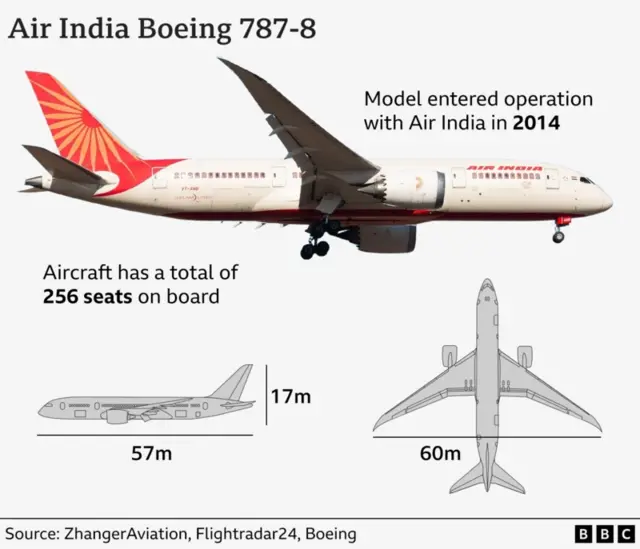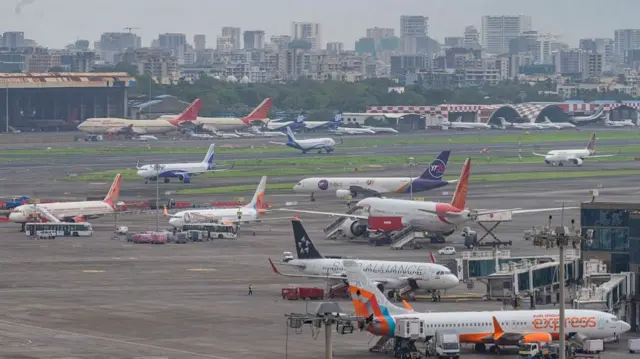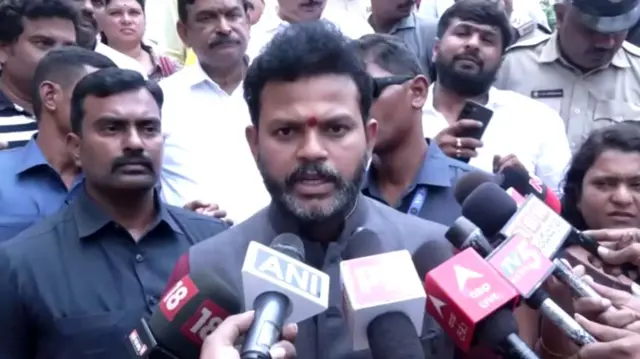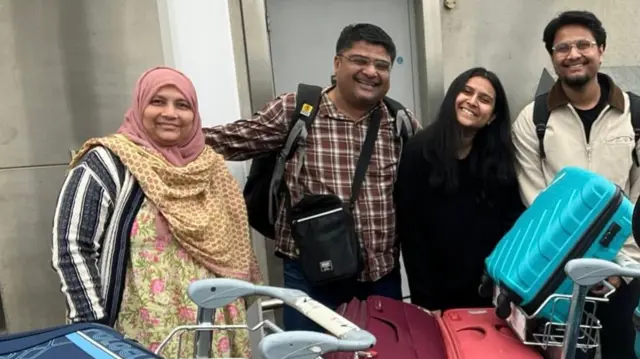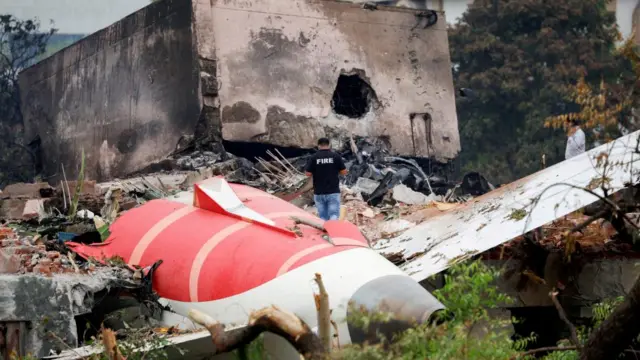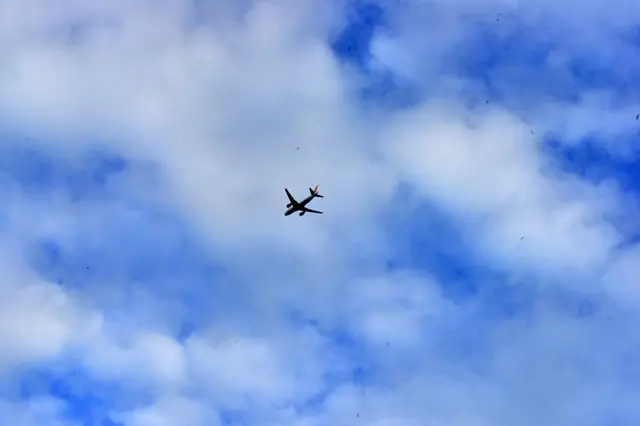Report reveals new details of Air India crash, but questions remainpublished at 16:01 BST 12 July
 Imogen James
Imogen James
Live reporter
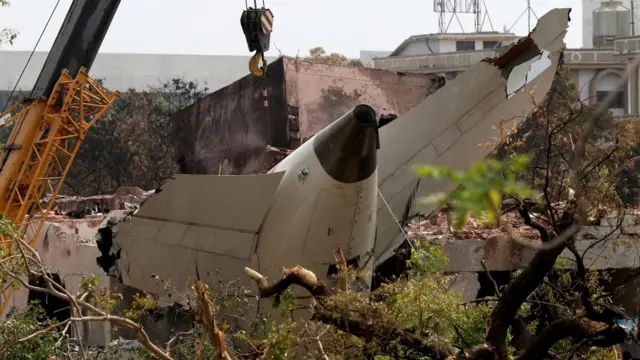 Image source, Reuters
Image source, ReutersLate on Friday night, a preliminary report was released on the Air India crash that killed 260 people on 12 June shortly after take-off in Ahmedabad.
It drew no conclusions, but found that the fuel switches - which turn the engines on and off - were in the cut-off position moments before the plane crashed.
Voice recordings from the cockpit reveal that there was confusion between the two pilots over how the switches were cut off. One of the pilots is heard asking the other why he cut them off, the other pilot responds that he did not do so.
India's aviation minister has urged people not to jump to conclusions, as a US aviation watchdog says the investigation will "follow the facts".
Families of some of the victims have been demanding answers. One man tells the BBC he has been left with more questions than answers following the release of the report.
The investigation led by India’s Aircraft Accident Investigation Bureau, with assistance from the US National Transportation Safety Board, continues.
A final report is due to be released next year.
We're now bringing our live coverage to a close, but you can keep up to date with everything we know and read more about why the cockpit audio deepens the mystery of Air India crash.





